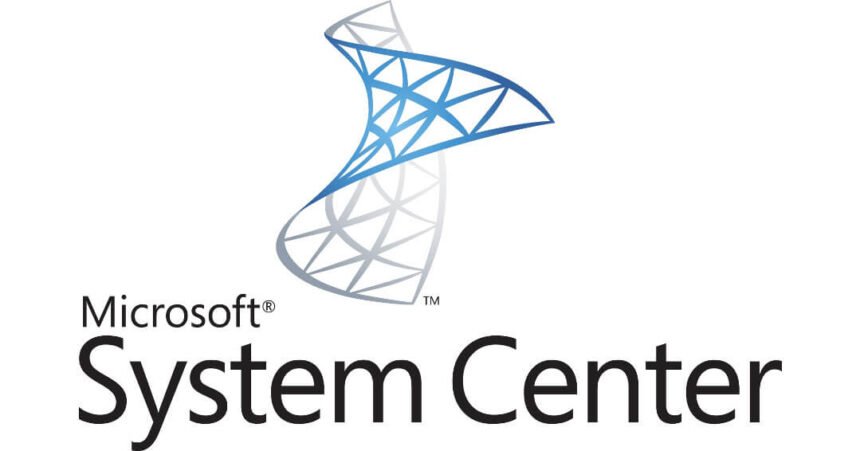In October some of us were sent to take an SCCM 2012 certification from beginner to advanced level. I’m happy to say that I passed the course! Which led me to started working on this beast! Now, unless you are familiar with System Center Configuration Manager within a Microsoft environment I’ve probably lost you. However, if you are still following GOOD!
The environment was pre-setup by my predecessor who left earlier sometime this year, I’ve only been here for about 5 months and within that time span, I’ve already made a spot for myself within this small organisation.
I’ve gone over the settings configured for the environment and they match up to what we need. SQL, IP, Forest and proper containers to identify the systems. It was also good to note that CCM was also ready pushed to all clients. Since we haven’t decided on policies, compliances, software metering and licensing, I’ve skipped that portion for the time being and went ahead to configure some policies in regards to Windows Firewall configuration and EndPoint Protection. That’s now in place and enforced on the clients which are part of the test container group. I’ve also taken care of setting up the Weekly “Patch Tuesday” as well to make sure that the devices connected to our environment will get their weekly dose of updates during the day and make the required changes after days end.
Some of the test users have noticed automated updates upon their long in the morning and were wondering “WHY” the easy answer to that was, well since you turned off your workstation the updates are scheduled to apply the moment you login the next time and thus making sure that you are up to date and compliant with critical, security and needed updates. While some people understand that this is part of my job to make sure that devices are properly updated and maintained, I’m sure this will make some people roll their eyes.
I’ve also taken the time to package most of the standard software that’s being used as well as make them mandatory on the client’s workstation. This way, everyone will have the same software. As for updating the said software, it was a debate between allowing the software to update itself or to package new updates once tested and then deploy them. We went with letting the software update accordingly which will give us more time to focus on other aspects of the IT business. For the time where we do get software issues, we can handle them one by one.
There’s also a nice setup for doing OSD within the environment, in the event you are wondering about it, it stands for Operating System Deployment, I’ve managed to configure a proper boot image in x64 with the needed updates, network drivers and hotfix to allow migration of Windows 7, 8 to Windows 10. Most of the users are now on Windows 10, however, we do have a small number of folks on Windows 7.
Thus this continues my journey as an SCCM administrator in a small business environment….








